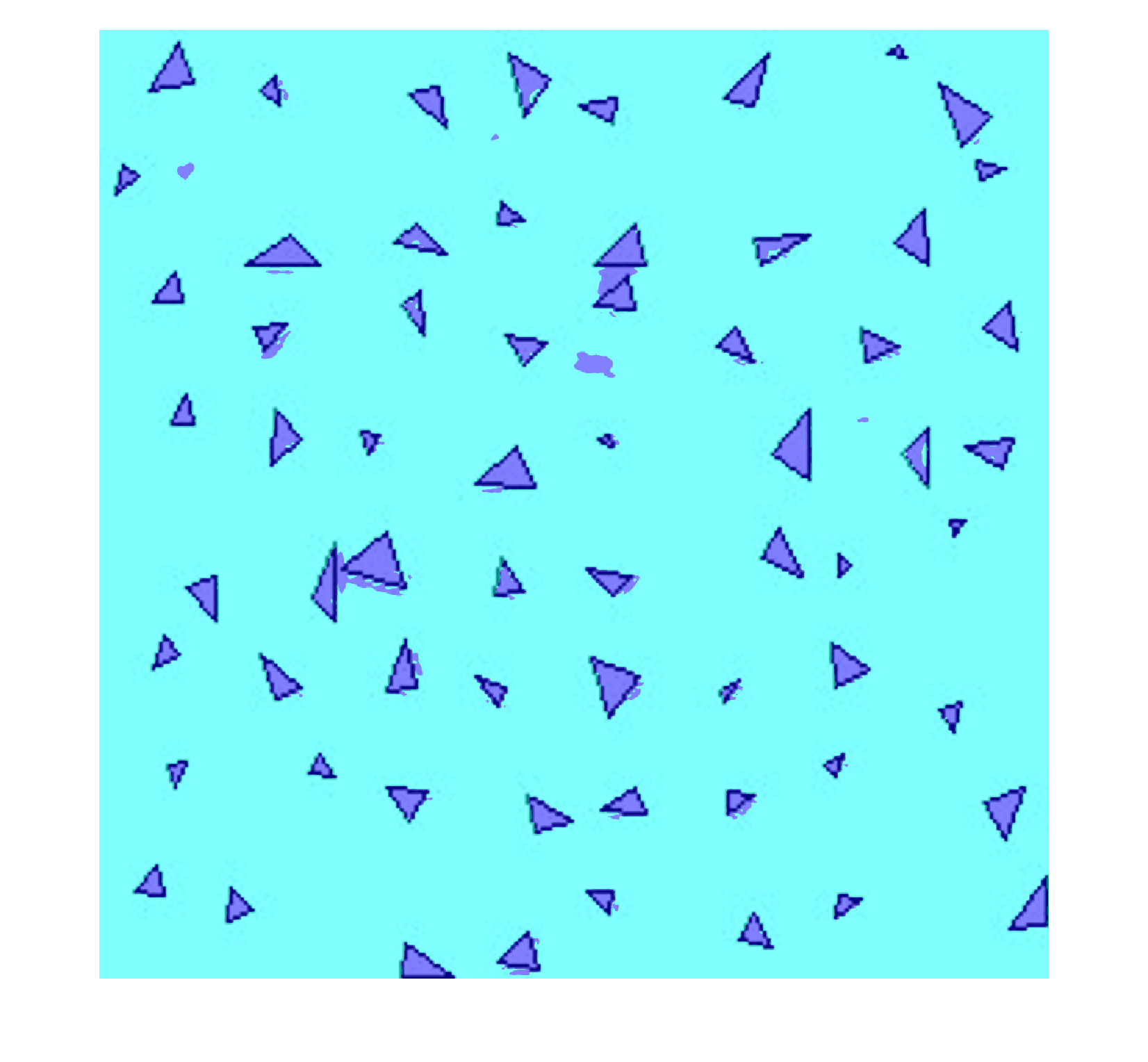deeplabv3plus
Create DeepLab v3+ convolutional neural network for semantic image segmentation
Since R2024a
Syntax
Description
deepLabNetwork = deeplabv3plus(imageSize,numClasses,network)
deepLabNetwork = deeplabv3plus(___,DownsamplingFactor=value)8 or 16. The downsampling factor sets the amount the
encoder section of DeepLab v3+ downsamples the input image.
Examples
Input Arguments
Output Arguments
Algorithms
When you use either the
xception(Deep Learning Toolbox) ormobilenetv2(Deep Learning Toolbox) base networks to create a DeepLab v3+ network, depth separable convolutions are used in the atrous spatial pyramid pooling (ASPP) and decoder subnetworks. For all other base networks, convolution layers are used.This implementation of DeepLab v3+ does not include a global average pooling layer in the ASPP.
References
[1] Chen, L., Y. Zhu, G. Papandreou, F. Schroff, and H. Adam. "Encoder-Decoder with Atrous Separable Convolution for Semantic Image Segmentation." Computer Vision — ECCV 2018, 833-851. Munic, Germany: ECCV, 2018.
Extended Capabilities
Version History
Introduced in R2024a
See Also
Objects
dlnetwork(Deep Learning Toolbox)
Functions
trainnet(Deep Learning Toolbox) |unet|unet3d|semanticseg
Topics
- Get Started with Semantic Segmentation Using Deep Learning
- Deep Learning in MATLAB (Deep Learning Toolbox)
